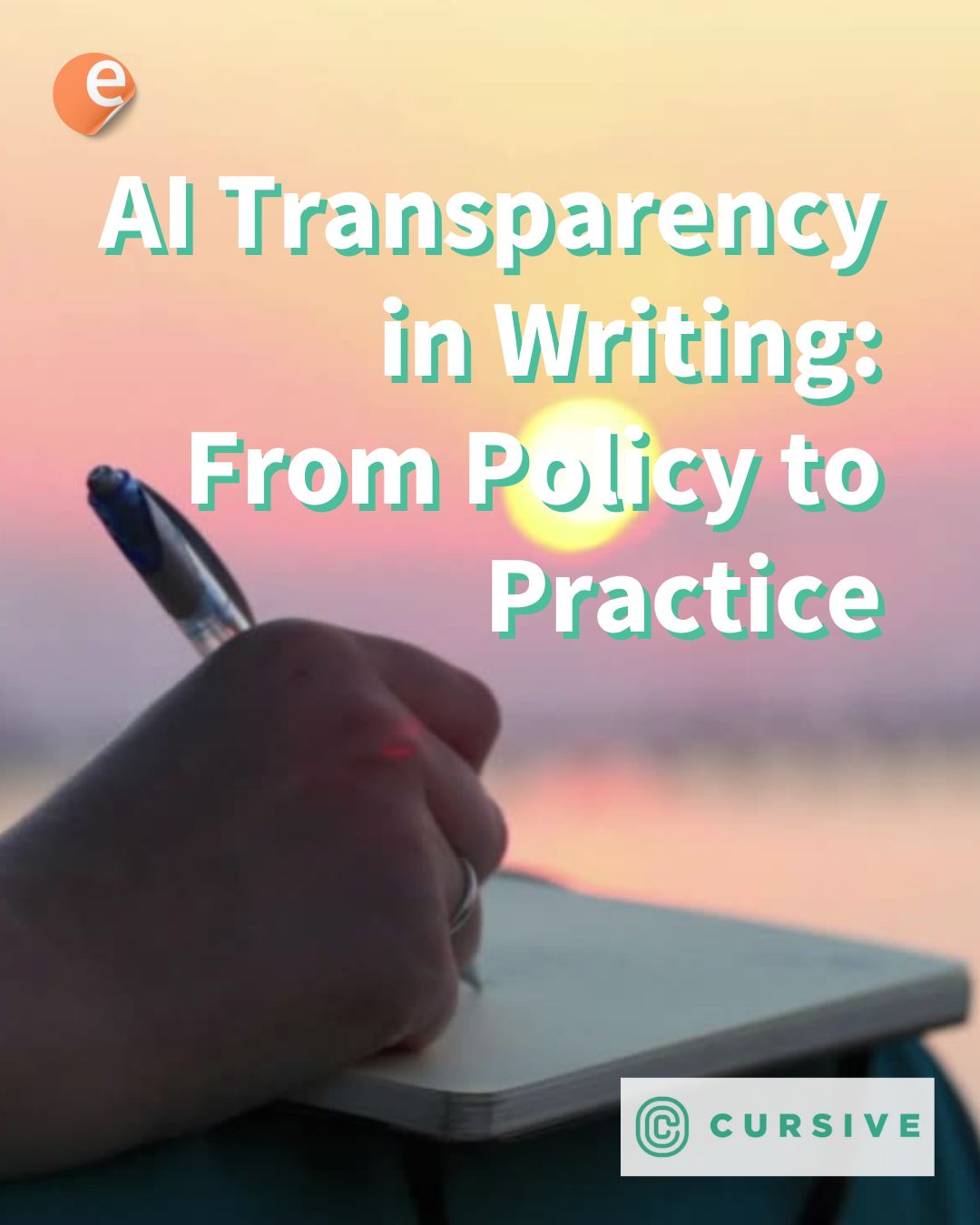Schools, colleges, and universities are among the most lucrative targets for cybercriminals. The precious data stored on their computers is a valuable asset that every hacker would love to possess. As a result, educational institutions have to deal with cyberattacks constantly.
The number of cyberattacks continue to grow in number, severity and total cost, as the share of websites affected surpasses 60%.
To protect the personal information of their students and employees, many members of the education sector put more emphasis on the importance of cybersecurity and continuously search for new ways to improve their defenses. These ways range from investing in the latest technological solutions available, to hiring experts for GDPR consultancy.
However, security systems used in education were not always as diverse as they are today. Before we even thought that schools would need things like firewalls and antiviruses, there was a time when getting hit by a cyberattack was an unusual event.
Here, we take a closer look at the history of cybersecurity in education and highlight some of the turning points that led us to the spot we are in today. Let’s get started.
The Early 2000s: The first incidents
Although the first cyberattack took place in 1988, we had to wait until 2002 to see the first case of exploiting the weaknesses of education infrastructure. It was an attack on Yale’s security system conducted by hackers from Princeton University. Their goal was to obtain information on the admission decisions. As such, it is the first reported case of cyberespionage.
This incident set about a series of attacks directed at students and employees from other universities. As a result of these malicious attacks, it is believed that unidentified individuals stole two million records of California universities. It marked the dawn of the new era, where universities are expected to do their best to protect the sensitive information they store on their servers.
2005-2007: Growing threats
The first cyberattacks were a wake-up call for many security researchers, even if some of them had inaugurated, to little fanfare, the discipline of cryptovirology. Even though new cybersecurity measures were developed, several universities became the victims of cybercriminals from 2005 to 2007, including the University of Hawaii and the University of Utah. Hackers managed to get their hands on various records of faculty, parents and student applicants and then use them to obtain fraudulent loans.
The most famous case of an attack in this period happened in August 2007. A group of three students managed to steal passwords and log into the PeopleSoft system at Florida A&M University. They aimed to modify their grades. However, the altered grades were quickly identified, and they got caught.
Nonetheless, this failure did not stop the adolescent hackers from cheating the system again later in the same year. This time around, they managed to modify the data of 90 students. Unfortunately for the hackers, the staff caught on the incident.
2008-2013: Cyberattacks reach new heights
The next five years were turbulent times. Hackers became more focused than ever on obtaining personal data, and the size of breaches increased significantly. For instance, the system of Antioch University was compromised three times in the span of one year, leading to the loss of about 70,000 records.
Another memorable incident occurred in 2013 when, due to the security breach, the personal data of 2.4 million students and employees of the Maricopa County Community College District was compromised. It set the size record for the largest cyberattack in history.
2014-2020: The War on Cybercrime
The war on cybercrime began around 2014, when attacks on education facilities became much more sophisticated and more challenging to detect. As cybercriminals expanded their repertoire and armed themselves with new viruses and spying programs, people working in the education arena were forced to take a military approach to their cybersecurity.
In 2017, the total number of attacks in the academic sector grew by 388 cases compared to 2012. Moreover, according to Statista, education was the third-most affected sector by data breaches in the United States in 2019. In the same year, over one thousand US schools were hit by ransomware — one of the most efficient additions to every hacker’s toolbox.
Overall, the academic sector is facing new cybersecurity challenges every day, and it does not seem like the situation is getting any better. We can only hope that the new solutions developed somewhere in the future will solve this issue once and for all.
The Bottom Line
The history of cybersecurity in education is an extensive one. In this article, we only managed to scrape the surface of this exciting subject. Nevertheless, we presented a few crucial milestones and outlined how cybersecurity grew in importance throughout the years.
In today’s day and age, no institution can adequately function without paying attention to the security of its online systems. Just like the internet and computers became indispensable parts of our lives, so does cybersecurity found its way as one of the aspects we cannot forget about.
Whether it is running a business or protecting the data of university students and employees, we need to learn from the mistakes made by those who came before us and push towards making our security systems as impenetrable as possible. It is the only way to ensure our safety in today’s tech-oriented world.
About the author. Lisa Hunchenko has her master’s degree in Marketing Management, but it’s writing and developing content strategies that fascinate her the most. She works as a freelance Content Writer with several software startups.









2 Responses